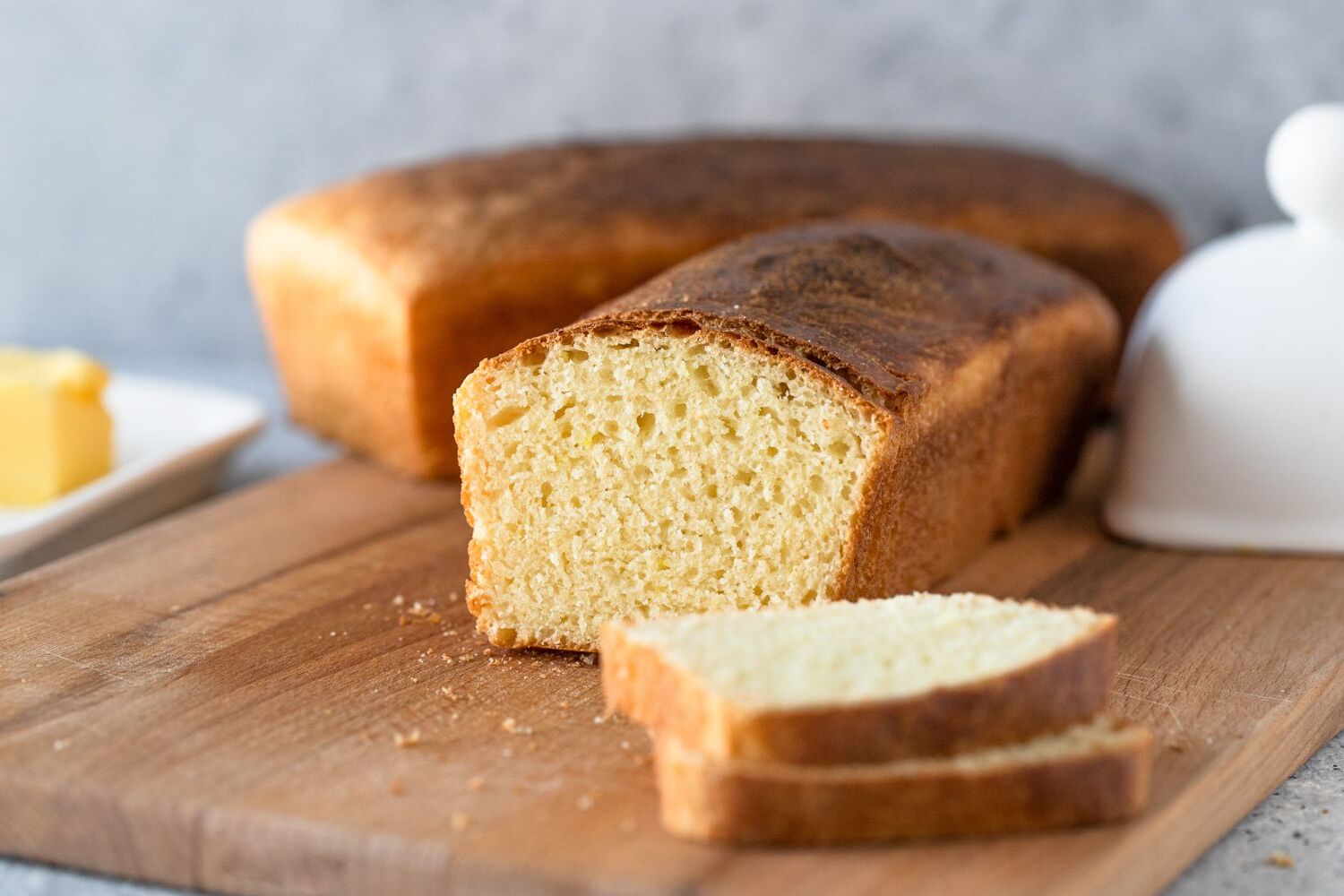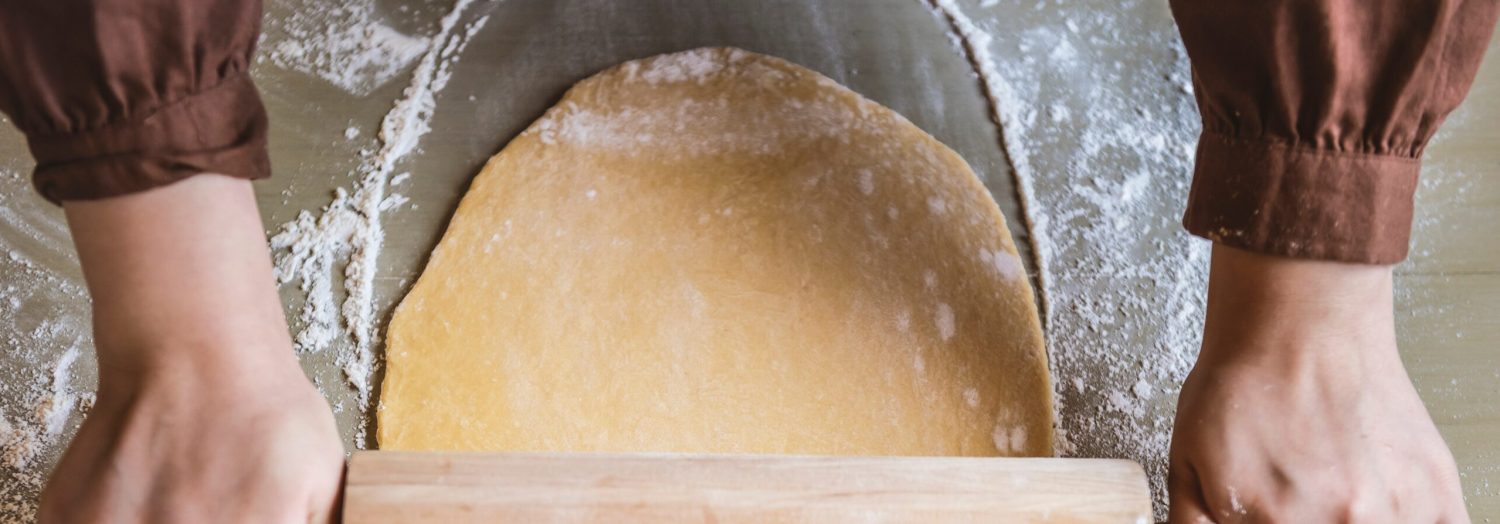Potato bread is a delightful twist on traditional bread, offering a soft and fluffy texture with a subtle hint of potato. This recipe is perfect for those who love homemade bread and want to try something a bit different. Whether you enjoy it fresh out of the oven or toasted with a bit of butter, this potato bread is sure to become a household favorite.
Most of the ingredients in this recipe are common pantry staples, but you might need to pick up a few items if you don't already have them. Active dry yeast is essential for the bread to rise properly, so make sure to get a fresh packet. Additionally, you'll need all-purpose flour and mashed potatoes. If you don't have leftover mashed potatoes, you can quickly make some by boiling and mashing a few potatoes.

Ingredients for Potato Bread Recipe
Mashed potatoes: These add moisture and a unique texture to the bread.
Warm milk: Helps to activate the yeast and adds richness to the dough.
Melted butter: Adds flavor and tenderness to the bread.
Sugar: Feeds the yeast and adds a touch of sweetness.
Salt: Enhances the flavor of the bread.
Active dry yeast: The leavening agent that helps the bread rise.
All-purpose flour: The main structure of the bread, providing the necessary gluten for elasticity.
Technique Tip for Potato Bread
When kneading the dough, ensure you use the heel of your hand to push the dough away from you, then fold it back over itself. This technique helps develop the gluten structure, resulting in a bread with a better texture. If the dough is too sticky, lightly dust your hands and the work surface with flour, but be cautious not to add too much, as it can make the bread dense.
Suggested Side Dishes
Alternative Ingredients
mashed potatoes - Substitute with mashed sweet potatoes: Sweet potatoes provide a similar texture and moisture content but add a slightly sweeter flavor.
mashed potatoes - Substitute with cauliflower mash: Cauliflower mash is a low-carb alternative that maintains the creamy texture needed for the bread.
warm milk - Substitute with warm almond milk: Almond milk is a dairy-free option that still provides the necessary liquid and slight sweetness.
warm milk - Substitute with warm oat milk: Oat milk is another dairy-free alternative that offers a creamy consistency similar to cow's milk.
melted butter - Substitute with coconut oil: Coconut oil provides a similar fat content and moisture, with a slight coconut flavor.
melted butter - Substitute with olive oil: Olive oil is a heart-healthy fat that can replace butter, though it may slightly alter the flavor.
sugar - Substitute with honey: Honey adds natural sweetness and moisture, though it may slightly change the flavor profile.
sugar - Substitute with maple syrup: Maple syrup offers a natural sweetness and a unique flavor, but adjust the liquid content accordingly.
salt - Substitute with sea salt: Sea salt provides the same salty flavor but may have additional minerals.
salt - Substitute with kosher salt: Kosher salt has a similar flavor but a different texture, so measure by weight for accuracy.
active dry yeast - Substitute with instant yeast: Instant yeast can be used in the same quantity but does not need to be dissolved in water first.
active dry yeast - Substitute with fresh yeast: Fresh yeast can be used, but you will need to adjust the quantity to about double the amount of active dry yeast.
all-purpose flour - Substitute with bread flour: Bread flour has a higher protein content, which can result in a chewier texture.
all-purpose flour - Substitute with whole wheat flour: Whole wheat flour adds more fiber and nutrients, but it may make the bread denser. Adjust the liquid content as needed.
Alternative Recipes Similar to Potato Bread
How to Store or Freeze Your Bread
Allow the potato bread to cool completely on a wire rack before storing. This prevents condensation from forming inside the storage container, which could make the bread soggy.
Store the potato bread in a bread box or a paper bag at room temperature for up to 3 days. This helps maintain the bread's crusty exterior while keeping the inside soft and moist.
For longer storage, wrap the potato bread tightly in plastic wrap or aluminum foil. Place the wrapped bread in a resealable plastic bag to keep it fresh for up to a week in the refrigerator.
To freeze the potato bread, first slice it into individual portions. This makes it easier to thaw only what you need.
Wrap each slice or the whole loaf tightly in plastic wrap, then place the wrapped bread in a resealable freezer bag. Label the bag with the date to keep track of its freshness.
Freeze the potato bread for up to 3 months. For best results, use a vacuum sealer to remove as much air as possible before freezing.
When ready to use, thaw the potato bread at room temperature for a few hours or overnight in the refrigerator. For a quicker option, microwave individual slices on a low setting for 10-15 seconds.
To refresh the crust, preheat your oven to 350°F (175°C) and bake the thawed potato bread for 5-10 minutes. This will restore its crispy exterior and warm, soft interior.
Avoid storing potato bread in the refrigerator if you plan to consume it within a few days, as refrigeration can cause the bread to dry out and become stale more quickly.
How to Reheat Leftovers
Preheat your oven to 350°F (175°C). Wrap the potato bread in aluminum foil to prevent it from drying out. Place it on a baking sheet and heat for about 10-15 minutes until warmed through.
Slice the potato bread and place the slices on a baking sheet. Cover them with a damp paper towel and heat in the oven at 300°F (150°C) for about 5-7 minutes. This method helps retain moisture.
For a quick reheat, place a slice of potato bread in the microwave. Cover it with a damp paper towel and heat on medium power for 20-30 seconds. Be cautious not to overheat, as it can make the bread chewy.
Use a toaster to reheat individual slices of potato bread. This method gives a nice crisp texture to the outside while keeping the inside soft.
If you have a steamer, wrap the potato bread in a clean kitchen towel and place it in the steamer basket. Steam for about 5 minutes. This method helps maintain the bread's moisture and softness.
For a stovetop method, heat a non-stick skillet over medium heat. Place slices of potato bread in the skillet and cover with a lid. Heat for 2-3 minutes on each side until warmed through.
Essential Tools for Making Potato Bread
Large mixing bowl: Used to combine the mashed potatoes, warm milk, melted butter, sugar, and salt.
Measuring cups: Essential for accurately measuring the mashed potatoes, milk, and flour.
Measuring spoons: Necessary for measuring the melted butter, sugar, salt, and yeast.
Wooden spoon: Useful for mixing the ingredients together before kneading.
Stand mixer with dough hook: Optional, but can make kneading the dough easier and more efficient.
Clean kitchen towel: Used to cover the dough while it rises.
Loaf pan: Required for shaping and baking the bread.
Oven: Preheated to 375°F (190°C) for baking the bread.
Cooling rack: For allowing the bread to cool completely before slicing.
Pastry brush: Useful for greasing the bowl and loaf pan.
How to Save Time on This Recipe
Use instant yeast: Substitute active dry yeast with instant yeast to skip the frothing step.
Pre-make mashed potatoes: Prepare and cool mashed potatoes in advance to save time on baking day.
Warm environment: Let the dough rise in a warm place like an oven with the light on to speed up the rising process.
Stand mixer: Use a stand mixer with a dough hook to knead the dough faster and more efficiently.
Double batch: Make a double batch and freeze one loaf for later to save time on future baking.

Potato Bread Recipe
Ingredients
Main Ingredients
- 2 cups Mashed potatoes cooled
- 1 cup Milk warm
- 2 tablespoon Butter melted
- 1 tablespoon Sugar
- 2 teaspoon Salt
- 1 packet Active dry yeast
- 5 cups All-purpose flour
Instructions
- In a large mixing bowl, combine the mashed potatoes, warm milk, melted butter, sugar, and salt.
- Sprinkle the yeast over the mixture and let it sit for about 5 minutes until it becomes frothy.
- Gradually add the flour, one cup at a time, mixing well after each addition. Knead the dough for about 10 minutes until it is smooth and elastic.
- Place the dough in a greased bowl, cover it with a damp cloth, and let it rise in a warm place for about 1 hour or until it has doubled in size.
- Preheat your oven to 375°F (190°C). Punch down the dough and shape it into a loaf. Place the loaf in a greased loaf pan.
- Let the dough rise again for about 30 minutes. Bake in the preheated oven for 35-40 minutes or until the bread is golden brown and sounds hollow when tapped.
- Remove the bread from the oven and let it cool in the pan for 10 minutes. Transfer to a wire rack to cool completely before slicing.
Nutritional Value
Keywords
More Amazing Recipes to Try 🙂
- Pan Rolls Recipe40 Minutes
- Butter Crescents Recipe35 Minutes
- Blueberry Cornbread Recipe35 Minutes
- Garlic and Herb Pull Apart Bread Recipe50 Minutes
- Focaccia Bread Recipe40 Minutes
- Raspberry Bread Recipe1 Hours 15 Minutes
- Nut and Fruit Bread Recipe1 Hours 15 Minutes
- Logan Bread Recipe1 Hours 15 Minutes

Leave a Reply